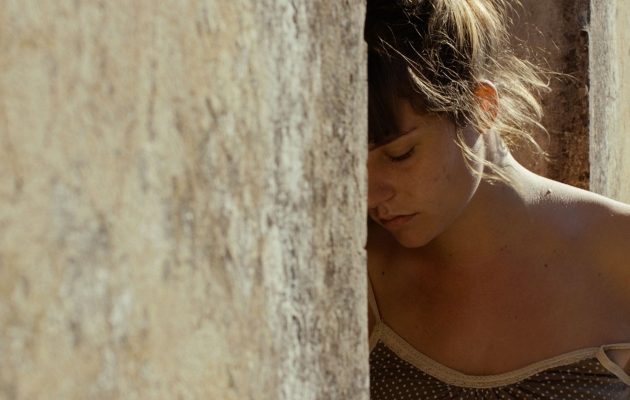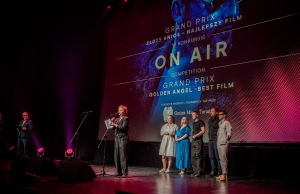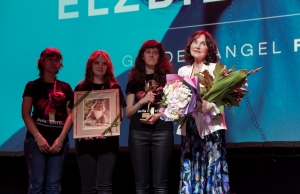There is more to Croatia than just sandy beaches along the Adriatic Sea. New Croatian Cinema at Tofifest 2016

In Wesele (The Wedding) by Wojciech Smarzowski, the father sends the bride and groom “to Croatia”, on holidays. That small country attracts more and more tourists, by the year. Now, let's keep memories from holidays in a photo album, and instead come to Tofifest to watch new films from the coast of the Adriatic Sea.
This year, Polish tourists visiting Croatian beaches have occasionally outnumbered Croatian natives. Unfortunately, one must come to a sad conclusion that we go there on holiday, but know virtually nothing about Croatia and its inhabitants. Despite the fact that we may as well be “twin nations”. After all, quite many scientific theories claim that the so-called White Croats were... the progenitors of the Lendians (a West Slavic tribe).
But let's focus on cinema, though.
Late Start
The beginning of Croatian cinema fell in around 1940, which was quite late, if compared to cinemas from other countries, e.g. Southern and Central Europe. The first popular film from country is Straža na Drini (Watch on the Drina) filmed by Branko Marjanović, in 1943. It won the prestigious Golden Lion Award at the Venice Film Festival.
In 1945, the film industry in Croatia saw its rapid development, following the Communist victory in the country. That was the time when Jadran Film, a film production studio, was established in Zagreb, as well as the famous Zagrebačka škola crtanog filma (Zagreb school of animated films), an animation film studio. One of the most outstanding graduates of that school was Dušan Vukotić, author of animations and film director from Montenegro. In 1963, Vukotić was awarded an Oscar for his short animated film The Substitute (Surogat). However, the most important film director of that era was Branko Bauer from Dubrovnik, who became famous for his war thriller Don't Look Back, My Son (Ne okreći se sine), above all.
An Academy Award and the 1960s
Back in 1960s, Croatian cinema underwent a significant transformation. There was an Oscar involved, as we have already mentioned. The topics discussed in films became much lighter, which resulted in making a lot of comedies and openly commenting on the political situation.
The first post-modern film was Prometheus from the Island of Visevica (Prometej s otoka Visevice) made by Vatroslav Mimica. The most famous “black classics” from Croatia was Handcuffs (Lisice) from 1969, directed by Krsto Papić. The end of 1970s and the beginning of 1980s saw a wind of change in Croatian cinema.
“The Third Golden Era”
In 1990s, Croatia became independent, but its film industry was going through a deep crisis. Following the outbreak of a civil war, no new films were being made, and actors vanished from theatre stages.
In 2000, Croatian cinema flourished again, resulting from political changes in the country. That period in the history of Croatian cinema is now commonly referred to as the “Third Golden Era”. The most popular contemporary film director that belongs to the mentioned era is Vinko Brešan with his comedy entitled “How the War Started on My Island (Kako je počeo rat na mom otoku)”. Then, in his war drama Witnesses (Svjedoci), the same director portrayed his fellow countrymen not as victims, but as perpetrators of war crimes, for the very first time. In 2003, the film was awarded at Berlinale.
The new generation of film-makers, i.e. Brešan, Ogresta, Salaj, Nola, Schmidt, Hribar, Ostojic, or Matanic, not only discuss the topic of dramatic experiences of the Third Balkan War, but also shape the portrait of contemporary life in the now independent country. New Croatian Cinema is deeply rooted in the literature and history of the country, reflects European attitudes, and speaks a universal language, which is particularly close to people living in the countries that have gone through a similar process of transformation. And although it is still a relatively young cinema, Croatian cinema is also very diverse, thus provoking profound discussions.
Also in this section
- Idea
- Sections
- Awards
- Jury of 2025 On Air Competion
- Archive




